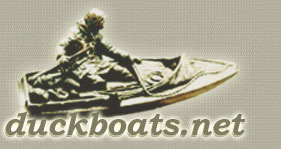I really have no idea, but I found this with a google search:
[font=Verdana, Arial, Helvetica, sans-serif]
[/url]Do reverse chines help with stability ?[/font][font=Verdana, Arial, Helvetica, sans-serif][/font]
[font=Verdana, Arial, Helvetica, sans-serif]
Reverse chines do not improve stability at rest. [/font]
[font=Verdana, Arial, Helvetica, sans-serif][/font][font=Verdana, Arial, Helvetica, sans-serif][/font]
[font=Verdana, Arial, Helvetica, sans-serif] [/font]
[font=Verdana, Arial, Helvetica, sans-serif]
Back to top[/font]
[/url][font=Verdana, Arial, Helvetica, sans-serif]
What exactly do reverse chines do?[/font]
[font=Verdana, Arial, Helvetica, sans-serif]
Reverse chines direct the spray downwards and not outwards resulting in a dryer boat. Reverse chines add some directional stability to the vessel, similar to skegs on a surfboard. Reverse chines do not increase the wetted surface area and do not add to the drag of a boat. For example, a 100mm wide chine is still 100mm wide whether it is installed horizontally or on an angle. [/font]



